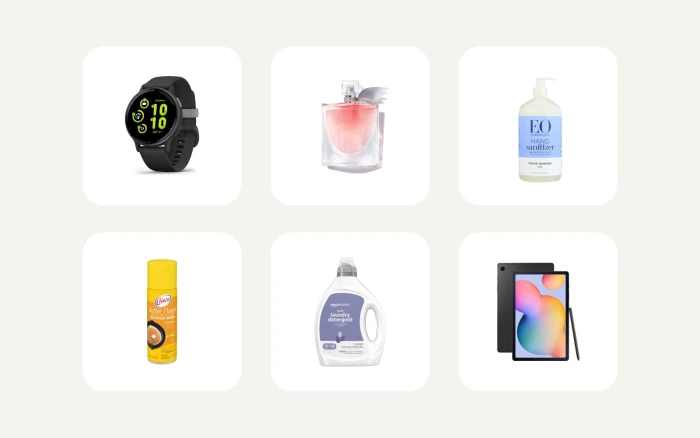How to track FBA shipments
16 January 2025

Selling in the Amazon store can provide many opportunities to make a profit and grow your business. But it also comes with responsibilities, especially when selling products classified as dangerous goods.
Dangerous goods require some safeguards because of the risks they can pose. Whether you’re exploring new product opportunities or learning requirements for your existing catalog, it’s important to understand what those risks are and how to manage dangerous goods properly.
In this article, you’ll learn:
Dangerous goods, also called “hazardous materials” or “hazmat,” are products that could pose a risk if not stored, shipped, or handled properly. These products contain flammable, pressurized, corrosive, or otherwise harmful substances that can hurt someone’s health, safety, property, or the environment if something goes wrong.
You might be surprised to learn that many everyday products are considered dangerous goods. Here are a few examples.
In the kitchen:
In the bathroom:
Electronics:
Other areas:
See more example of dangerous goods
These general guidelines can help you sell dangerous goods responsibly and confidently in the Amazon store.
Learn and follow local, national, and international laws related to the storage, transport, and sale of dangerous goods. Regulations vary depending on the type of product and your location. They can also change over time, so it’s a good idea to check for updates regularly.
Ignoring regulations for dangerous goods can lead to fines, delays, or even business shutdowns. But knowing the regulations can help keep everyone safe and protect your business.
Dangerous good should be labeled and packaged correctly. Make sure to use packaging designed to handle the product safely, especially if it’s flammable, corrosive, or pressurized. And provide clear labels that communicate potential risks effectively.
Some products are just too risky to sell, either because they’re too dangerous or heavily regulated. For example, explosives, radioactive materials, or highly flammable substances like certain fuels may not be legally transported or sold. Check with regional authorities and shipping companies to ensure your products aren’t prohibited.
Learn more about prohibited products

When using Fulfilment by Amazon (FBA) to sell dangerous goods in the Amazon store, it’s your responsibility to ensure your products and shipments comply with all relevant laws and regulations.
If you’re adding a new product to the Amazon catalog to sell with FBA and it’s classified as a dangerous good, you’ll need to provide specific information to Amazon. You’ll also need to do this if you’re switching the fulfillment method for a dangerous good to sell it through FBA for the first time. Here are eight steps you can take to ensure you’re following the right process:
Determine if your product is considered a dangerous good by reviewing Amazon’s dangerous goods identification guide. This guide can help you understand if your product is hazmat and if it falls under a specific category.
Familiarize yourself with Amazon’s dangerous goods policy, which provides details about your responsibilities as a seller.
When creating or converting a listing for FBA, you’ll be prompted to add dangerous goods information. Make sure you provide accurate and complete information so your product is properly classified and not blocked for sale.
After creating or converting your listing, you may be required to upload a safety data sheet or exemption sheet. These documents provide essential information about your product’s safety and handling requirements. Use the Manage dangerous goods classification tool to upload your required document.
Upload a safety data sheet or exemption sheet
Products listed as dangerous goods undergo Amazon’s review process, where the dangerous goods team will decide if your inventory is safe for FBA. Be sure to provide complete and correct product information for the fastest review.
Each time you send inventory into the Amazon fulfillment network, make sure you follow the packaging standards and quantity limits for dangerous goods. Use approved materials and adhere to size restrictions to keep your operations safe and compliant.
Stay up-to-date with dangerous goods requirements to avoid issues like blocked listings or product removal. Consistent compliance protects your business and ensures smooth operations.
To sell certain types of dangerous goods with FBA, you may need to enroll in the FBA dangerous goods program. Note that these additional types of dangerous goods must be packed in limited quantities.

Figuring out how to sell dangerous goods can be a challenge, but by following the right steps, you can ensure your products adhere to regulations and arrive safely. Programs like FBA can help simplify the fulfillment process by handling the logistics for you. That means you can spend more time expanding your product line or growing your business.